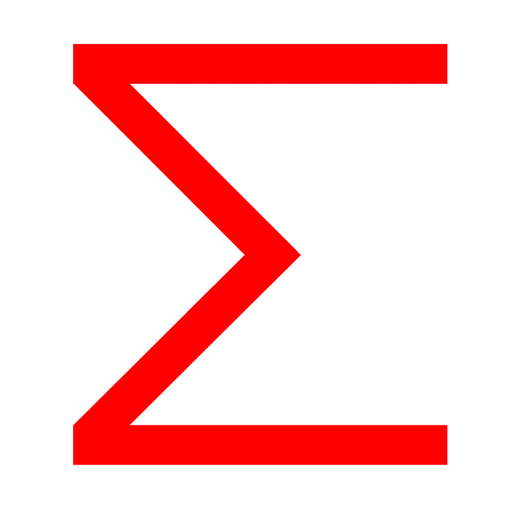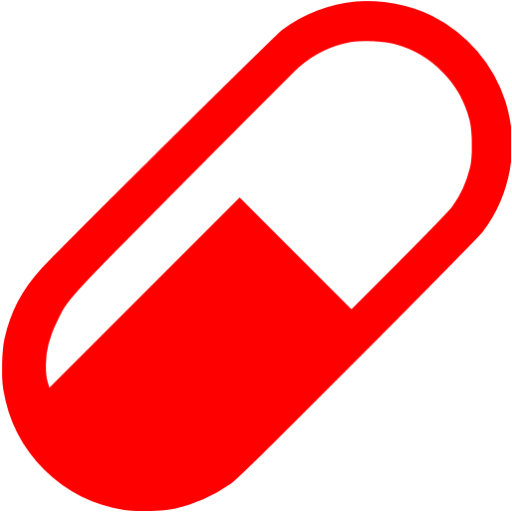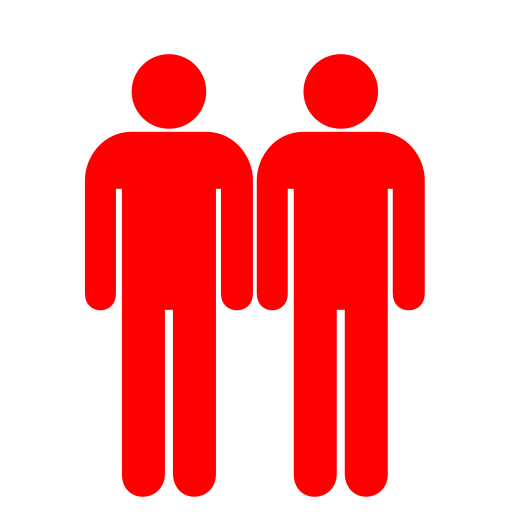Frequently Asked Questions
SwissCellPrediction predicts the cancer cell lines sensitive to cytotoxic small molecules by similarity-based reverse virtual reverse screening.
The training data of SwissCellPrediction have been mined from the ChEMBL database (currently version 29). The ChEMBL database is an open-access database hosted by the European Bioinformatics Institute. The core information on which the CellPrediction model was trained are bioactivity of cytotoxic small molecules tested against cell line targets from highest curated entries of ChEMBL. The cell lines reported as targets were double-checked with the Cellosaurus database (version 39), hosted by the SIB Swiss Institute of Bioinformatics, and the Register of Misidentified Cell Lines (version 11), hosted by the International Cell Line Authentication Committee (ICLAC).
Our CellPrediction model is based on the similarity principle, which generally states that two similar molecules are prone to have similar properties. We adapted the methodology from our well-established SwissTargetPrediction tool to match the biological complexity of cells, and apply the similarity principle to predict the cell line targets of cytotoxic small molecules. Moreover, SwissTargetPrediction can work in tandem with SwissCellPrediction to predict the molecular mechanism of cytotoxicity, when the latter can be explained by protein binding.
The version 29 of the ChEMBL database was downloaded and filtered to keep only data with curated bioactivity values. Assays were kept if a curator of the ChEMBL database annotated that the observed effect could be directly related to a decrease of viability or a deacrease of growth of a particular cell line target. Some assays were removed as their annotated bioactivity data contained obviously erroneous entries.
We extracted structures, experimental bioactivity, assay, target and associated information from the ChEMBL data. If more than one target was attributed to a particular assay, all mentioned targets were stored as an ensemble of targets belonging to this particular assay.
The data contains three activity types (IC50, CC50, and GI50. The cell lines reported as targets were double-checked with the Cellosaurus database (version 39), hosted by the SIB Swiss Institute of Bioinformatics, and the Register of Misidentified Cell Lines (version 11), hosted by the International Cell Line Authentication Committee (ICLAC) Compounds were standardized by removing salt or solvent, and by defining a formal charge for particular substructures. Molecules were neutralized by protonating acids and deprotonating bases, and one canonical tautomer per compound was defined. Molecular information used by the algorithm was encoded in a canonical SMILES string. These steps were performed using ChemAxon JChem Engine.
There are several ways to input your structure:
- Draw the chemical structure in the MarvinJS sketcher (cf. Tutorials).
- Write or paste a SMILES on the SMILES text box, below the sketcher (cf. Help).
- The import capacity of MarvinJS (upper toolbar or ctrl+o, cf. Help) allows you to open a local file or fetch on-line a molecule in more than 20 chemical formats including MOL, SDF, SMILES and even IUPAC or common names of drugs, for instance (cf. ChemAxon docs - Import Dialog).
- SMILES or molecule names can also be directly pasted (ctrl+v) in the Canvas (main window) of the sketcher. For more on MarvinJS, please refer to ChemAxon docs - MarvinJS User Guide.
This is outside of the validity domain of SwissCellPrediction, because the model was trained on small molecules only. Therefore, even if you are able to technically launch the computation (which is not certain), the prediction has to be taken with due caution and not over interpreted. For short peptides you may still find small molecules that are similar (possibly interesting peptido-mimetics). Antibodies should be all together avoided. Also, very small molecules (less than 8 heavy atoms) should be avoided because similarity measures for these molecule tend not to perform well.
These values correspond to the probability for a query molecule, assumed as cytotoxic, to have the listed cancer cell lines as biotargets. It is important to note that these are NOT the probability of the query molecule to be active. It is of course very advisable to look carefully at the ligands of each predicted target before planning any follow-up actions.
Targets are ranked according to a score that combines both 2D and 3D similarity values with the most similar known active to the query molecule. Therefore the top ranking target is not necessarily the ones bound by the most similar ligand with any of the similarity measure. Importantly, the ranking of the targets rather than the absolute values of scores or probabilities, is the most meaningful parameter. A maximum of 100 probable protein targets can be displayed and sorted on a dynamic table, the default is 15.
Most probably the query molecule is part of the known actives screened. As such the similarity is total and the probability is absolute. This case stands for the retrieval of a known experimental bioactivity and not an actual prediction. However, it can be greatly informative.
Certainly not. This tool is meant for predicting probable targets to support drug design/discovery. The prediction is based on ChEMBL 29 knowledge. Although we plan to perform future updates of our tool in the future, we do not do it on a regularly basis. As such, the latter data on medicinal chemistry are not explicitly part of the backend.
These are the molecules known as active on a given target, whose 2D chemical structure is highly similar to those of the query molecule. In SwissCellPrediction, this 2D similarity is quantified by the Tanimoto coefficient between the fingerprints vectors (FP2) of both the query and the screened molecules.
These are the molecules known as active on a given target, whose 3D shape together with the projection of charge and lipophilicity (5D) is highly similar to those of the query molecule. In SwissCellPrediction, this 3D similarity is quantified by the Manhattan distance between the Electroshape vectors (ES5D) of 20 conformers for both the query and the screened molecules.
SwissCellPrediction has a recognition of several anticancer chemical patterns associated with a non-specific mode of action. Such non-specific anticancer agents, typically used in chemotherapy, tend to be ubiquitously active on most (if not all) cell lines, as opposed to molecular targeted therapy.
SwissCellPrediction purposefully does not perform similarity-based reverse virtual screening for this prior type of ubiquitous compounds, as the cytotoxicity is then assumed to be more due to a particular isolated chemical pattern, rather than to the global similarity with a known active.
Therefore, we provide instead a list of cell lines which have been experimentally shown to be sensitive against some other compounds harboring the same non-specific anticancer flags as the query molecule. SwissCellPrediction currently recognizes several chemical moieties defined in the literature, and caterized into the following categories:
- Alkylating / Acylating agents
- Intercalating agets
- Antimetabolites
- Mitotic inhibitors
- Topoisomerase / Gyrase inhibitors
The membrane permeation capacity of compounds (either the query molecule or a known active) is estimated with trained PAMPA prediction models distributed by the ADME@NCATS webserver of the National Institute of Health (NIH). Those are deep neural network models based on the Chemprop technology.
So-called interoperability icons are clickable below the compound structures.
These little red icons enable a one-click submission of the molecule (either the query or a similar known active) to another Web tool of SwissDrugDesign. At the moment, SwissTargetPrediction (target icon ![]() for prediction of possible molecular mechanism of cytotoxicity, if it can be explained by protein binding), SwissSimilarity (twins icon
for prediction of possible molecular mechanism of cytotoxicity, if it can be explained by protein binding), SwissSimilarity (twins icon ![]() for ligand-based virtual screening), SwissADME (pill icon
for ligand-based virtual screening), SwissADME (pill icon ![]() for calculation of parameters relevant for physchem, ADME and medicinal chemistry), SwissBioisostere (hexagon icon
for calculation of parameters relevant for physchem, ADME and medicinal chemistry), SwissBioisostere (hexagon icon ![]() for replacement of molecular fragment), and SwissParam (sigma icon
for replacement of molecular fragment), and SwissParam (sigma icon ![]() for parametrizations of molecular docking) are reachable this way.
for parametrizations of molecular docking) are reachable this way.
It also works the other way around! SwissCellPrediction is possible to reach from these tools by clicking the cell icon ![]() . Any output molecule of SwissParam, SwissBioisostere, SwissSimilarity, SwissTargetPrediction or SwissADME is automatically imported in the sketcher of SwissCellPrediction in a new tab.
. Any output molecule of SwissParam, SwissBioisostere, SwissSimilarity, SwissTargetPrediction or SwissADME is automatically imported in the sketcher of SwissCellPrediction in a new tab.
There are multiple ways to share and save results after querying SwissCellPrediction. First, users have the possibility to export results as formatted text, PDF, spreadsheet or printed form by clicking the corresponding buttons above the result tables. It is also possible to share the URL of a result page. The search is restarted when providing a browser with a link and hence the same time is required before the Web page is displayed. Please note, that outputs of SwissCellPrediction are provided openly. However, any warranty about confidentiality cannot be given. Please refer to the Terms of Use.
Absolutely. Please watch our tutorial videos in the Tutorials section and have also a look at our static help page in the Help section.
The requirements are really minimal for the website to work perfectly. Please upgrade to the latest version of Mozilla Firefox or Google Chrome. Please ensure that pop-up windows and javascript are allowed.
Please also ensure that both your browser and your infrastructure allow web services. Especially if you get this error: "Request has not been sent. The browser may block the request if it violates the same origin policy.".
Putting the web site under HTTPS is in our plans. However, for technical reasons and web service dependencies, this cannot be achieved immediately. It will be in the future.
SwissCellPrediction is developed, hosted and maintained by the Computer-aided molecular engineering group of the University of Lausanne (UNIL), Department of Oncology, Ludwig Institute for Cancer Research, and by the Molecular Modelling Group of the SIB Swiss Institute of Bioinformatics in Switzerland. One objective of the group consists in providing freely accessible web tools for computer-aided drug design (CADD) to be used by both specialists and non-experts of the scientific community worldwide. In that context, the SwissCellPrediction prediction tool is one piece of the SwissDrugDesign project, which aims at providing a Web environment covering as many aspects of CADD as possible to support drug discovery and development.
In case the results of SwissCellPrediction were useful for your research, please cite the reference articles. Refer to the Citing page.
Please read the Terms of Use.
We display the top 100 predicted most probable sensitive cancer cell lines (out of 1018 screenable cell lines) of a cytotoxic query molecule.
Please do not hesitate to contact us.






